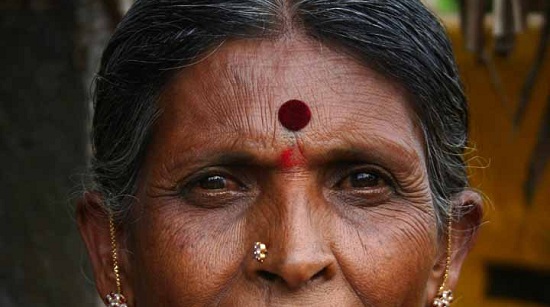
Representation Image
As I mentioned in Part 1, caste rigidities and communal identities had been a product of colonial development that made enormous concessions to feudalism, and Indian feudalism had specific characteristics of caste structure and religious sanctions. Development of largely mercantile capitalism in towns under hawk-like oversight of an imperial colonial administration making for sustained enrichment of the economy of the colonising power and pauperisation of the working masses of the colonized country was the background of the rise and growth of such concepts and discourses.
This mixed and messy system was inherited by leaders of our freedom struggle who tried desperately to adapt modern ideas of society and the state to the free nation they were in the process of moulding. The tallest of them have recently been under the harsh glare of retrospective scrutiny for hamstringing the Constitution and compromising its first principles.
The criticism is not baseless. But we must recognise the challenges they were facing, the Herculean task of using the state to leap over centuries of social stagnation and democratic deficit.
Nehru and Patel thought of achieving through a painless short-cut what had been arrived at elsewhere through ages of bloody, grim and chequered struggle. Consider the abolition of the zamindari system, arguably the single most powerful factor behind the abysmal poverty of the peasant masses of India. Likewise, Ambedkar harboured hopes of eliminating the monstrous iniquities of the caste-system through state intervention.
But the Supreme Court of that time composed of learned jurists nurtured on ideas of immutable property-rights upheld time and again claims of zamindars and large land-owners that put obstacles to radical reform of fossilized property-structures and thus frustrated the fundamental constitutional right to concrete equality. The deep and widely held prejudice against caste-based reservation also forms part of the mental complex, and it is explained below.
It is the same ‘ordinary Indian’ who cherishes a fixed idea of the alien Muslim as fears the rise of Dalits. It is their privileged position in politics and social life that face some erosion and only the spread of true democracy that can dissolve that fixed idea.
It is not part of public knowledge now that the absolute monopoly enjoyed by these little feudal potentates also extended to such inhuman privileges as the right of first-night sex with newly-wed brides in their domain. The zamindar also saw to it that villages in their domain maintained the caste-structure which was at the root of economic impotence of the so-called ‘low castes’ with the sanction of local priests. The zamindar-priest combine propped up the obsolete system under the benign gaze of British overlords.
And it most certainly was not a pure mental phenomenon and it had a solid material base. Let us look at land-rights in a typical Indian village, the nostalgically ‘remembered village’. First the bare statistics. Here instead of browsing through Google, I lift some numbers from an online article by Subodh Varna from October 2018 presumably derived from the socio-economic census of 2011 and the Agricultural Census report of 2015-2016. According to such sources Dalits owned only 9% of India’s total agricultural land while they accounted for 18.5% of the rural population. 60% of land owned by Dalits were holdings less than 2 hectares in size. And 80% of the huge area under cultivation are owned by upper caste Hindus and OBCs.
Now this is not an accidental development, though I suspect the presence of OBCs among large land-owners has been a recent phenomenon and product of limited social mobility. If the whole thing is not an accident then are there structural reasons for it?
Here I think significant work was done by Dr Hira Singh (RECASTING CASTE: FROM THE SACRED TO THE PROFANE, New Delhi 2014) and it is a pity that its importance has not been duly appreciated. He has dwelt on the relationship of such asymmetric landed property to caste structure and ideology.
To be more specific it may be derived from the traditional ‘Jazmani system’, on which seminal work had been done by American sociologists working in rural areas of Uttar Pradesh. Following the debacle in the border war with China there was a re-orientation of American foreign policy in the sixties and a swarm of American sociologists started research work in rural India. As I had read them in the early seventies of the last century, I no longer remember their names though at that time I had taken copious notes from their works.
The essence of that ‘Jazmani system’ was that the ‘lower castes’ in India’s rural heartland did not depend on direct income from land in rural areas for their maintenance. As Shudras who rendered essential though menial services to upper castes like carpentry, making footwear, barbering and disposing of carcasses of dead cattle etc., they were entitled to shares in the total harvest of the village they inhabited. The share was sufficient to subsist but not for accumulation of savings from it. No wonder they had little or no share in the principal means of production in rural areas, i.e. land.
This inequality was not changed by later developments like spread of education and opening of new opportunities of advancement as their economic weakness also limited their access to them.
But even the gradual and incremental changes have led to some damage to entrenched power and privilege and what is on display is blind rage and murderous attempts to strangulate such aspirations to equality.
*The author is a highly respected Assamese intellectual, a literary critic and social-scientist from Assam. Views expressed are the authors own.
Other pieces by Dr. Hiren Gohain:
Identity of the ‘Ordinary Indian’